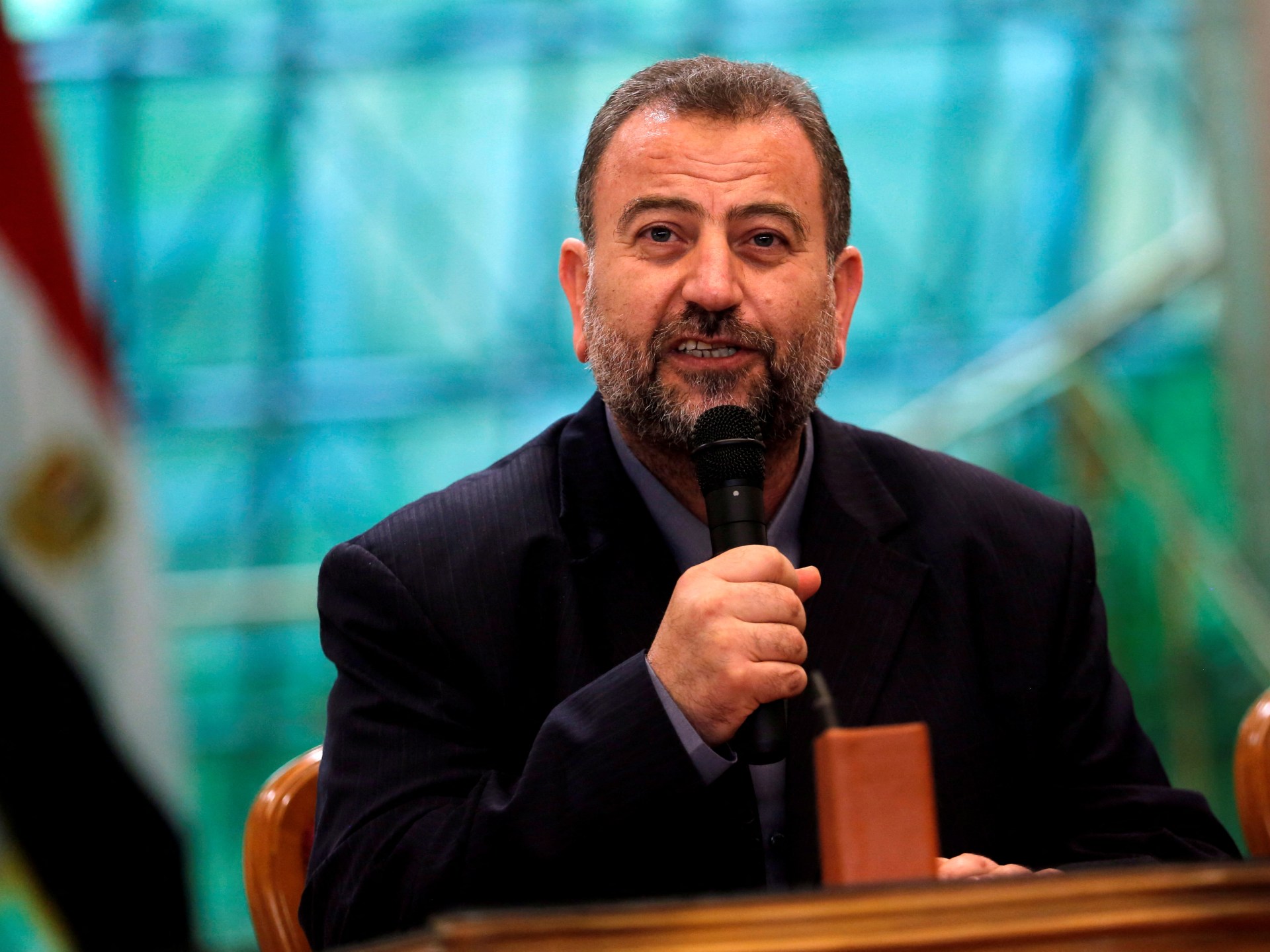Recently, the Department of Corrections of the state of Alabama announced it would try to execute death row prisoner Kenny Smith for a second time, this time with something they call nitrogen hypoxia.
On November 17, 2022, Alabama tried and failed to execute Smith with lethal injection owing to an inability to establish intravenous access.
My own research has shown that death by lethal injection involves choking on your own blood about 80 percent of the time. Yet, as bad as that sounds, execution by nitrogen gas will actually be worse.
Natural breathing is involuntary. It satisfies and fuels the body. Our brain knows when we breathe air but can be tricked briefly when breathing pure nitrogen. The chest rises and falls, the lungs inflate and deflate, but it’s like filling the gas tank with water. The engine seizes up and fails, as will the body. Inhalation of nitrogen gas rapidly empties the body of life, and a person would know they are dying – from the inside out.
Nitrogen is an asphyxiant. It will snuff out a burning candle and extinguish a life by displacing oxygen. Pure nitrogen, when inhaled, will not get you high. It is the gaseous canister version of a knee on the neck.
Two landmark Supreme Court judgments have laid down a requirement that if a prisoner claims a method of execution is unconstitutional because of cruelty, they must name another execution method that is readily available.
Oklahoma, Mississippi, and Alabama have all approved the use of nitrogen gas for execution as an alternative execution method, but no state has ever used it. Until now.
So, when Smith insisted that he didn’t want a second stab of lethal injection, he had to agree to death by nitrogen hypoxia. It’s the kind of morbid choice that only the US ‘justice’ system can conjure up.
Lethal injection can lead to a torturous death because of technical failures, botched and painful intravenous attempts, and the chemical burn to the lungs that happens to prisoners as a result of lethal injection.
And as a physician in the practice of anaesthesiology and intensive care medicine, I am opposed to lethal injection. It is designed to mimic a medical act. This is done to mollify public opinion by suggesting the safe oversight of medical practice.
The drugs used for killing through lethal injection have intoxicating properties. The practice can be compared with an overdose, like a death from fentanyl.
Before you die, you get high. I object to the use of medicine to punish and kill. My goal has always been to see the end of lethal injection. If a state wants to kill its citizens, it should use a method that does not masquerade as a medical act. It may as well use the firing squad.
Nitrogen gas, however, is a particularly sinister way of killing people.
To understand why, it’s important to dive into a little history. Before anaesthesiology, surgery was endured without pain control. In the early 19th century, surgeons were lauded for speed, not accuracy.
On occasion, surgery was performed as a public spectacle. To satisfy the taste for grizzly things, these events were well attended. On October 16, 1846, surgery changed forever with the first public display of a pain-free operation when a patient was administered ether gas during the procedure.
Dr William Morton gave ether to a patient being operated on by surgeon John Warren. The crowd, expecting the usual screams of agony, witnessed instead the stunning display of a patient at peace as he was cut upon. History records the account of John Warren exclaiming, “Gentlemen, this is no humbug!”
The gaseous forms of many chemicals are used currently in modern anaesthesiology. How they work is complex. The substances themselves can be single elements like xenon, or very large, fluorinated molecules like desflurane.
Gases used as anaesthetics have various potencies and generally, a little bit goes a long way. Anaesthetic gas must be mixed with air or oxygen because the body needs constant oxygen for fuel. The effects are sometimes described as sleep, but they are nothing of the sort.
Think instead of a spinning record: The needle is lifted from the record for a period of time and then replaced in the exact same spot. For the patient, no time has seemingly elapsed. When anaesthesia is administered expertly, the patient will be generally unharmed by the gas exposure.
In the period of breathing anaesthetic gases before reaching the needed state, some gases might produce a pleasant experience. Ether was known for this, and as a result, it was abused. We no longer use ether because it is also highly combustible.
This brings me back to nitrogen, a ubiquitous element that constitutes almost 80 percent of every breath we take, with oxygen making up the rest. We exhale all the nitrogen we breathe in. It has no value as fuel for the body.
Indeed, before it was named nitrogen following its discovery by Scottish physician Daniel Rutherford in 1772, chemist Antoine Lavoisier suggested that it be called azote, from the ancient Greek word meaning “no life”.
Like lethal injection, nitrogen hypoxia is all dressed up as a medically sound practice, when it is anything but. With lethal injection, one might have imagined some attempt at creating a state of anaesthetic stupor that would have some sort of small intoxicating benefit before dying.
With nitrogen gas, the gloves are off.
The state has abandoned the pretext of intoxication and replaced it with pure suffocation. What is so maddening about nitrogen hypoxia is, again, the propagation of the illusion of the safety of medicine and science.
Nitrogen is just a bullet in the barrel, but at least with execution by real bullets, all the fakery is gone.
The views expressed in this article are the author’s own and do not necessarily reflect Al Jazeera’s editorial stance.

 Movie
Movie 7 months ago
119
7 months ago
119 






![Presidents Day Weekend Car Sales [2021 Edition] Presidents Day Weekend Car Sales [2021 Edition]](https://www.findthebestcarprice.com/wp-content/uploads/Presidents-Day-Weekend-car-sales.jpg)



 English (United States)
English (United States)